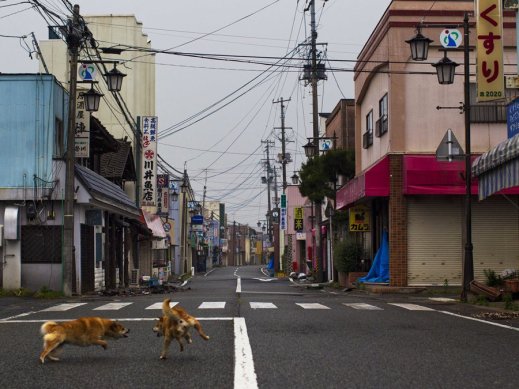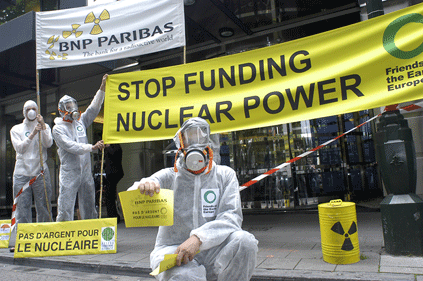The lies from Japan and success in Netherlands
If the on-going Fukushima nuclear crisis is to teach us anything, it is that even after these multiple meltdowns the government would rather lie to its own people than risk loosing the nuclear option. Here are a couple of examples.

Because of the long tradition of local governments needing to approve reactor restarts, the number of closed reactors in Japan is now 49 out of 54. By this summer, unless some local governments change their minds or the national government changes its policy all the reactors in the country will be idle. The central government issued a report saying that this would result in about a 10% shortage in electricity during the summer. Which of course sounds reasonable, you close 30% of your generating capacity, presumably there will be shortages, right? wrong.
According to a recent report by English edition of the Mainichi Times, even with no reactors operating and assuming record high 2012 summer heat there will be no electricity shortage in Japan. A key piece of this report is that renewable sources will make up 7 full reactors worth of power, a point ignored in the initial government document declaring the shortage. The recalculated report shows there will be a 6% surplus in electricity, even without the highly successful energy rationing program from last summer.
After the meltdowns of last year, PM Kan asked the head of the of the Japanese Atomic Energy Commission to report on the worst case scenario for Fukushima. This report described the situation in which continued hydrogen explosions released radiation intermittently for a year and would require evacuations from a radius of between 170 and 250 km, which includes Tokyo, according to a little reported story in the Japan Times. These findings were so shocking PM Kan decided to pretend the report did not exist and classified it as a personal communication to avoid having to release it under Japanese law. Only after parts of the document leaked, did Kan admit that the document had been drawn up.

only 11 human human residents in 12,500 square km around Fukushima
In other news from Japan, shareholders of TEPCO (which owns and operated Fukushima) have filed suit for 5.5 trillion yen (US$71.5 billion) for failure to prepare for the predicted tsunami and earthquake. For the purposes of comparison, this is 1 trillion yen less than the compensation for all Fukushima victims over the next two years.
The 20 km radius around Fukushima used to have 78,000 residents. It now has 11. This handful of residents, between ages 50 and 90 refuse to leave citing caring for friends in poor health, caring for pets, and a desire to remain in their homes as their reasons for staying. The government is not forcing them to leave and they are not permitting others to return.

Meanwhile the Netherlands has in effect joined, Mexico, Italy, Belgium, Germany, Venezuala, Switzerland and Japan in phasing out reactors. This is because of the delay of the Dutch utility Delta and the withdraw of German utility RWE from the second reactor at Borssele. Delta’s pro-nuclear president resigned last month when the company announced the delay, which is recognized as the likely death knell for their nuclear program. Good riddance.
While the Dutch government is excited to fund an additional reactor, they have stressed all the funding must be private, which kills any chances of new reactors because nuclear is such a terrible investment and there are no private reactors anywhere in the world.
But if you want to talk about what the end of the nuclear era looks like. It is depressed world opinion, multiple industrial powers stepping away, Siemens ditching nuclear completely and RWE being in retreat.
If we are brilliant, we might just shut this poison down.
- Paxus's blog
- Login to post comments
- Feed: Paxus Blog
- Original article








